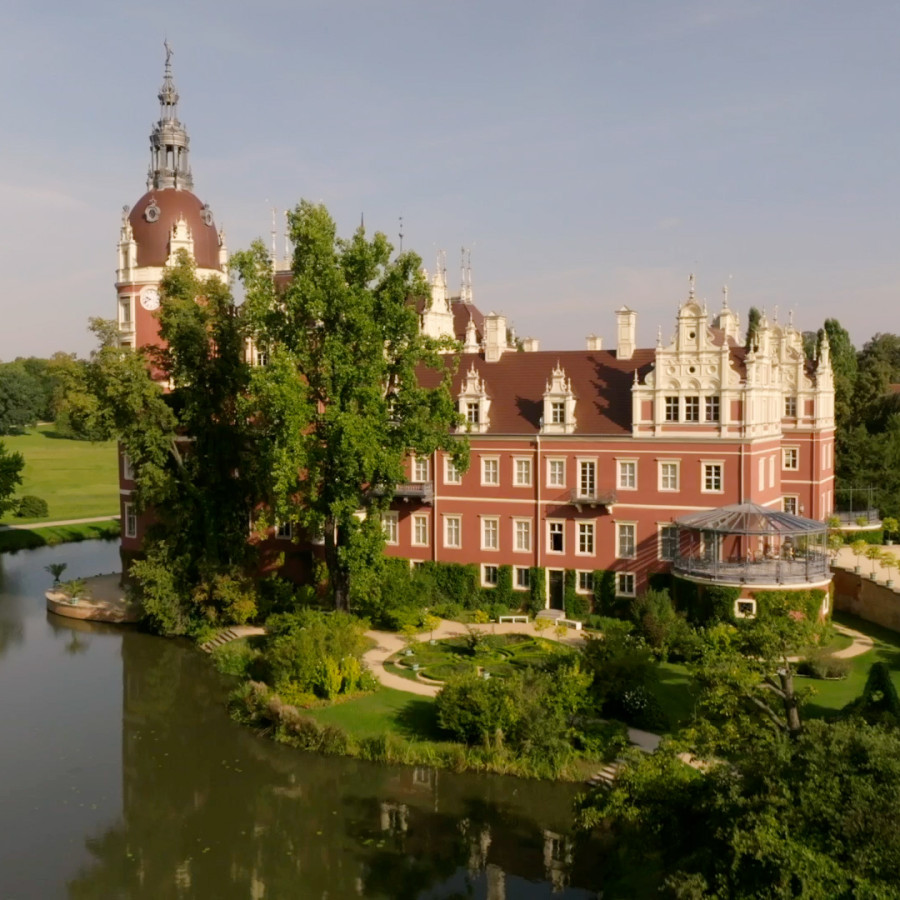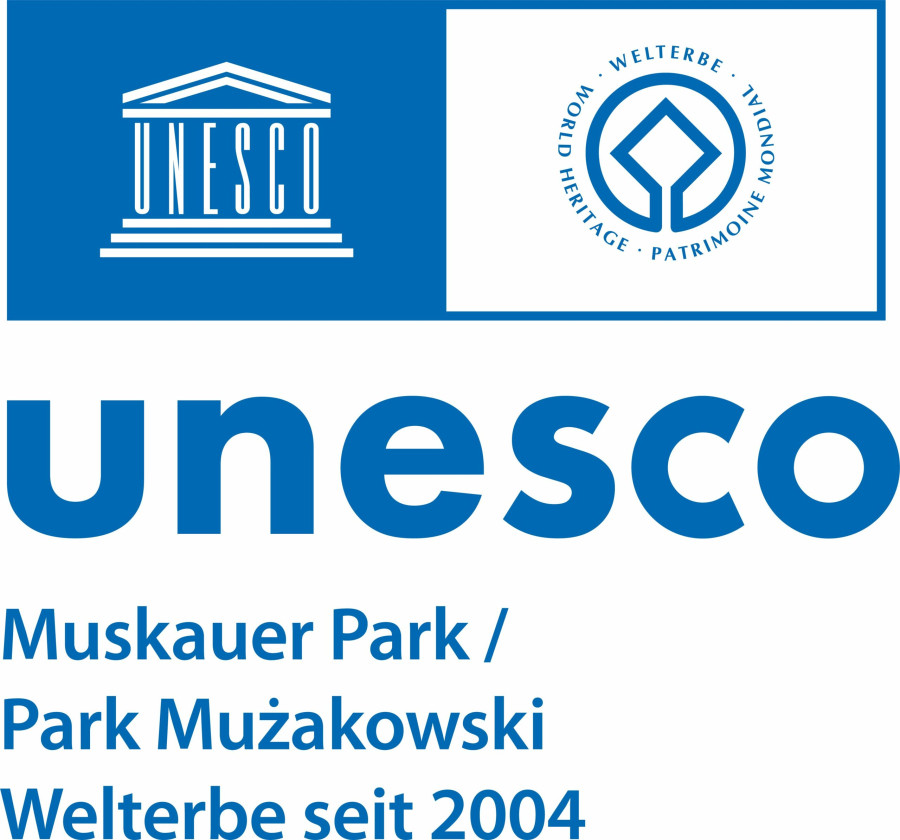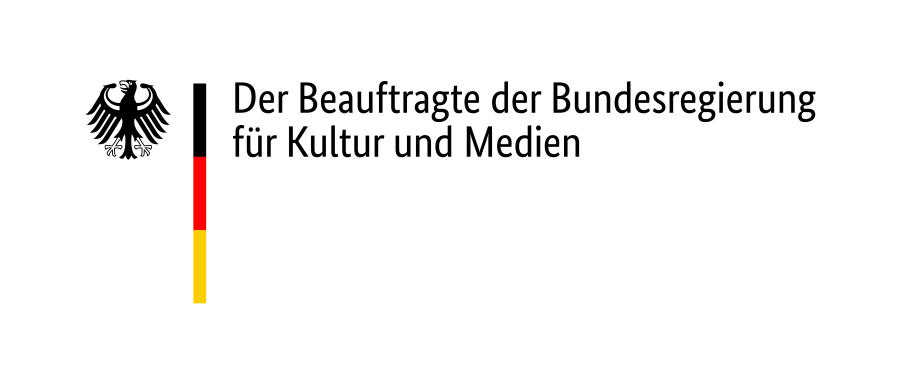
World Heritage Site
UNESCO-World Heritage Site
The fact that Muskauer Park has been on the UNESCO World Heritage List since 2004 is largely thanks to Hermann Prince von Pückler-Muskau (1785-1871). He created a masterpiece on both sides of the Neisse, which is known as the classic landscape garden. The green prince is regarded as the founder of modern landscape design with influences that reached beyond Europe to America. Pückler's principles are still relevant today: with his “Notes on Landscape Gardening”, published in 1834, he wrote a textbook that is still widely quoted today. In addition to general advice on creating a landscape garden, Pückler describes his vision of Muskauer Park, which today straddles the territory of two countries. A joint German-Polish application resulted in the park being added to the World Heritage List. This was not least in recognition of the cross-border management of Pückler's cultural heritage.
Justification
„Muskauer Park/Park Mużakowski is an exceptional example of a European landscape park and an ideal artistic landscape. The park also represents a new approach to landscape design in urban areas. In accordance with the UNESCO World Heritage Convention, the park was inscribed on the World Heritage List on July 2, 2004. Inclusion on this list confirms the outstanding universal value of a cultural or natural monument that requires protection in the interests of mankind as a whole.“
This is written in four languages on the memorial stone that was erected at the double bridge on Jeanette Island in 2005. In German, Polish, English and French, you can read in a symbolic place why Muskauer Park bears the UNESCO title.
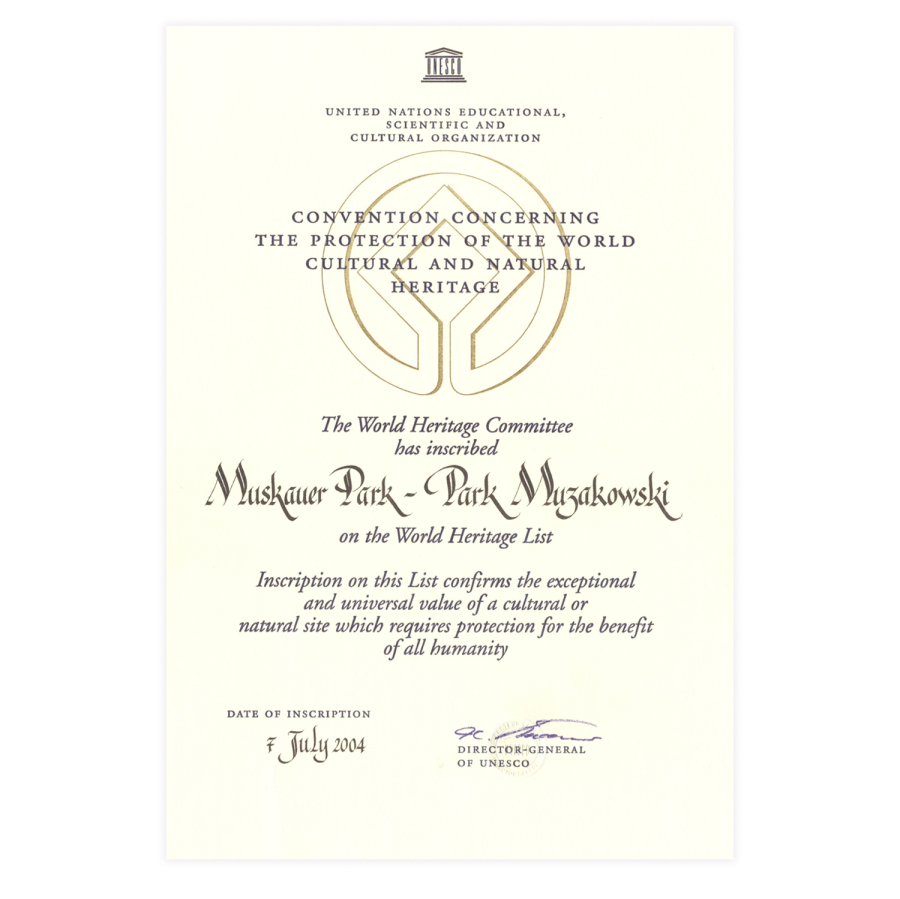
German-Polish application
The initiative to include Muskauer Park on the World Heritage List came from Poland. Andrzej Michałowski, Director of the Polish Central Authority for the Protection and Preservation of Castle and Garden Ensembles and later the Center for the Protection of Historic Cultural Landscape, called for this proposal to be submitted to UNESCO on 3rd October 1990. In doing so, he opened an open door on the German side, even if the idea took a few years to mature.
The process gained momentum when Robert de Jong, President of the ICOMOS-IFLA Committee for Historic Gardens and Cultural Landscapes, was officially appointed as an international consultant for Muskauer Park in 1998. Finally, the park benefited from a decision by the World Heritage Committee in 2001, according to which cross-border sites can apply for the UNESCO title in addition to the candidate sites listed in the national nomination lists.
The German and Polish partners seized the opportunity by jointly writing the application for Muskauer Park and submitting it in 2002. Once the required management plan had been submitted, the UNESCO World Heritage Committee approved the joint application from two countries on 2nd July 2004 in Suzhou, China, and Pückler's garden artwork was ennobled with its inclusion in the World Heritage List. The certificate was presented just under a year later, on 27th May 2005, at a symbolic location directly on site: on the double bridge in the middle of the two-state garden monument.
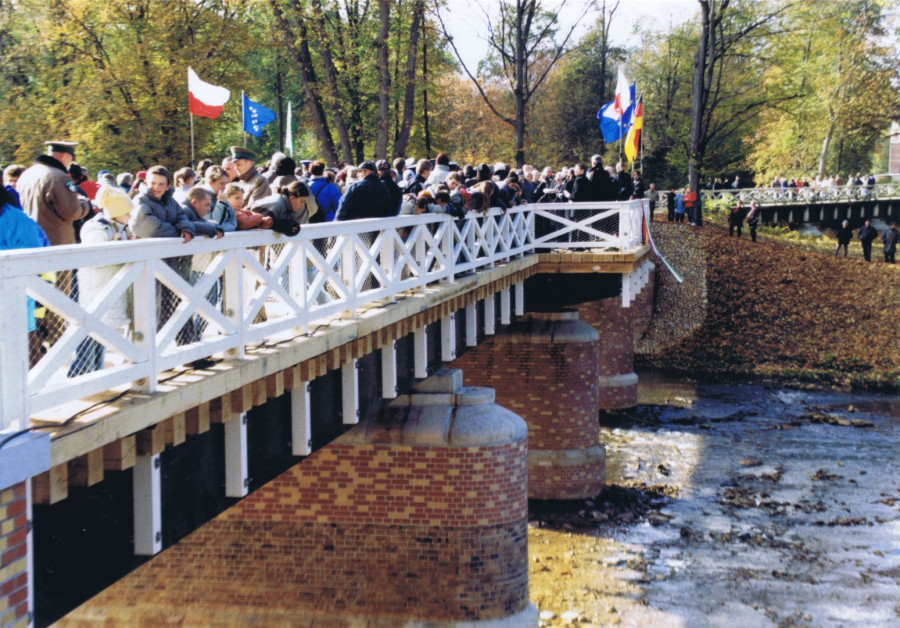
Management
Pückler's legacy on the Neisse is being restored and maintained in an internationally unprecedented cooperation. The “Fürst Pückler Park Bad Muskau” Foundation works continuously with the National Institute for Cultural Heritage in Warsaw (Narodowy Instytut Dziedzictwa - NID) and its branch office in Łęknica. The cross-border contacts have grown over the years and are expressed in various projects in the park. A first highlight, even before the foundation was established, was the re-erection of the Pückler Stone on 30th October 1991. The symbol of German-Polish cooperation stands not far from the banks of the Neisse on the eastern side. Since the removal of the overgrowth, the hill once again offers a magnificent panorama towards the New Palace.
The job creation measures that began in 1998 for young Germans and Poles under the title “Working and learning across borders” were a sensational success - in cooperation with regional and national employment services on both sides of the Neisse. This project is still alive today.
After a good five decades of neglect, the close spatial integration of the two parts of the park can once again be experienced. To ensure that it stays that way or becomes more impressive, working groups with representatives from both countries meet regularly to coordinate maintenance measures and construction projects in the park.
Cord Panning, Managing Director of the “Fürst-Pückler-Park Bad Muskau” Foundation, says about the re-emergence of Muskau Park in its entirety:
„Every important political stage is linked to a monument preservation milestone in the two-state park structure. This is why we are only too happy to describe our work in the landscape garden, which was listed as a German-Polish UNESCO World Heritage Site in 2004, as political gardening. The rebuilt bridges and visual axes were never just an expression of professional success. They have always resonated with the symbolism of political understanding.“
(Excerpt from: The Muskauer Park. walk in the footsteps of the princes, 2017)
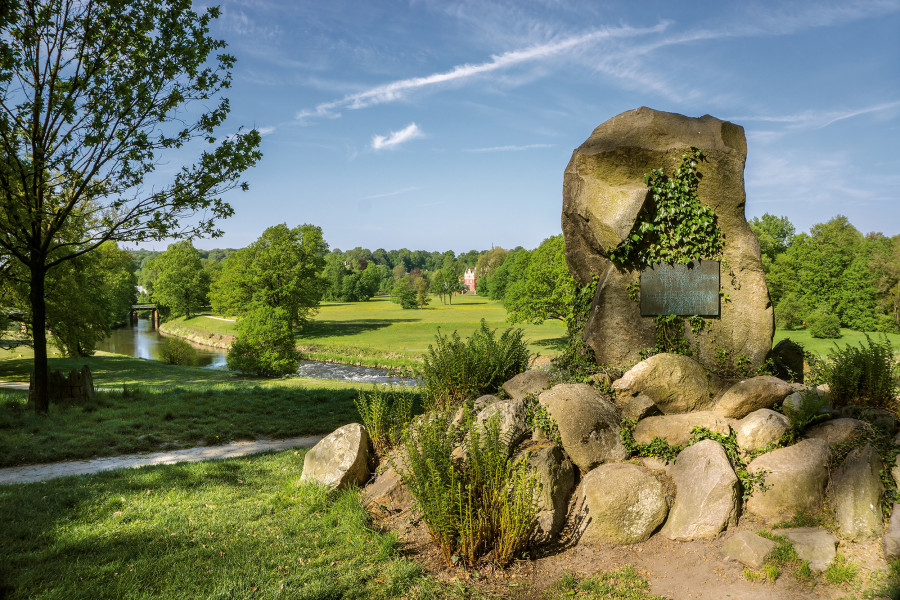
UNESCO 5 – A great heritage
Nowhere else in the world can you find five UNESCO awards in four different categories in such a small area: Lusatia, with its constantly changing cultural and natural heritage that even transcends national borders, is unique. UNESCO awards various distinctions to highlight the special nature of a place, a building, a region or a tradition.
